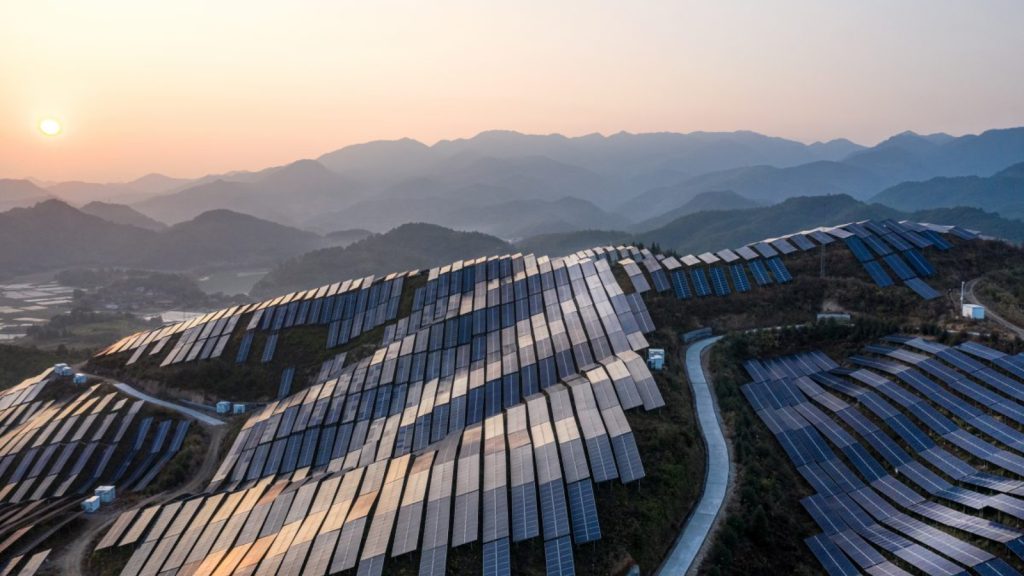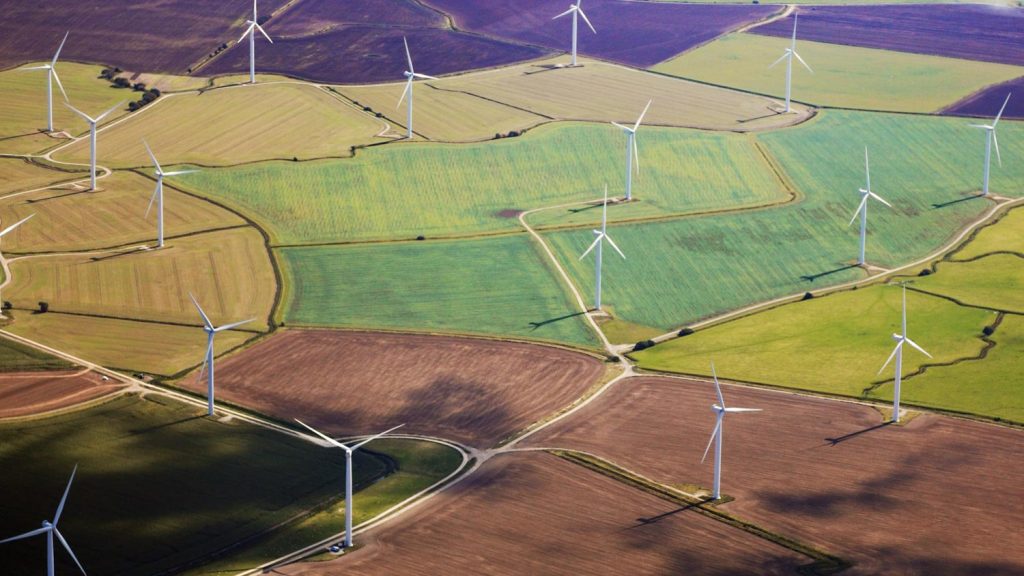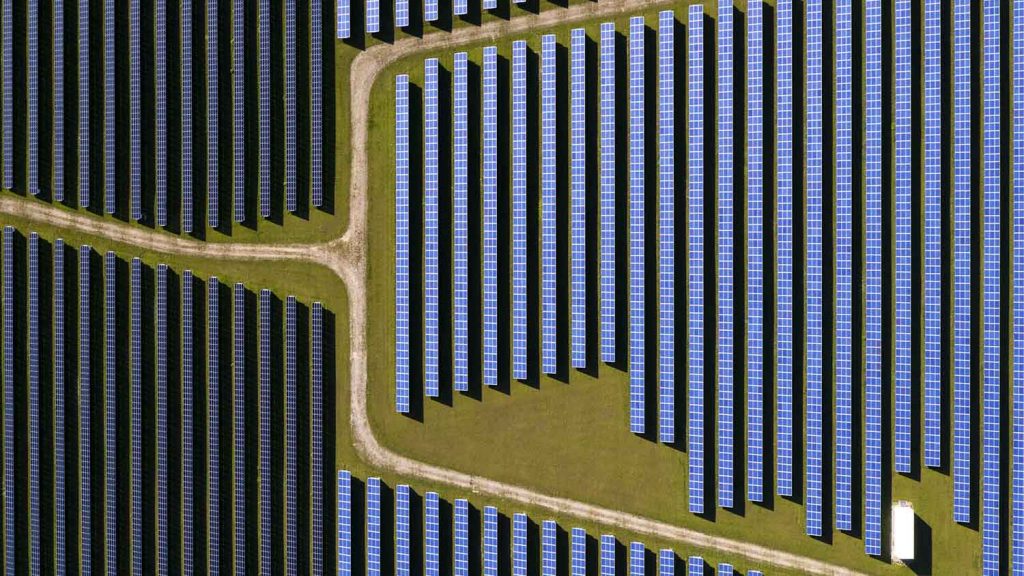
Energy price volatility: a major risk to be addressed
Energy Transactions
Energy price volatility: a major risk to be addressed
Mon 27 Nov 2023
The cost of natural gas in Europe reached €345 per megawatt-hour (MWh) in August 2022, compared to €29 in June 2021. Similarly, the cost of electricity soared to 1,000 €/MWh versus €85 less than a year before. It would be an understatement to say that the recent energy price volatility generated a significant challenge for both energy companies and European businesses, particularly in energy-intensive industries. In this rapidly changing landscape, business leaders have a clear interest in addressing a strategic issue: the financial risks associated with energy price volatility.
The decision by Russia to reduce gas imports to Europe, the outbreak of the war in Ukraine, the request to EU member states to maintain minimum reserve levels, and the closure of the Nord Stream pipeline have all contributed to the historical fluctuations in gas prices, with some tracing back to the period before Russia’s invasion of Ukraine. After reaching a peak of over €345/MWh in August 2022, the ample availability of liquefied natural gas (LNG) eventually led to a decrease in demand, causing prices to drop below €80 in December 2022.
Further, the surge in electricity prices in France can be attributed to a lower electricity production by EDF, with nuclear production only reaching 70% of the twenty-year average. In addition, there has been a decrease in hydroelectric production in Europe. While the shortfall was partially offset by renewable energy production, the French parliament’s decision to request an additional 20 terawatt-hours from EDF aggravated the situation, prompting speculators to sell energy to the state-owned company at high prices.
Impact on margins and cash flow
This historic volatility has undermined the financial model of many organisations. The surge in MWh prices logically affects operational costs, particularly for energy companies and energy-intensive industries such as metallurgy, steelmaking, and transportation. These fluctuations can dangerously impact profit margins, even jeopardising the medium and long-term viability of the business. Further, this situation has led to the bankruptcy of several European energy companies, including Bulb Energy in the UK, serving 1.7 million customers, and multiple German suppliers with up to 300,000 clients.
For companies, cashflow is severely impacted as well. The unexpected increase in energy costs can lead to immediate cash outflows for the company when contracted prices trigger margin calls, potentially putting pressure on its liquidity. In an environment where investor and creditor confidence is crucial, this instability can limit access to external financing and increase its cost.
Risk mapping, governance and management
Since proactive risk management is essential in this period of uncertainty to mitigate impacts on profitability and cash flow, there is an increased need for robust financial risk management. Any risk management begins with identifying the risk. Just as foreign exchange and interest rate risks are well-known and usually identified, risks related to energy price fluctuations must be precisely mapped. The company needs to list all its electricity and gas supply contracts and their conditions. Based on this identification work, the company can measure and hedge its risk.
Risk measurement can rely on quantitative indicators such as position, Mark-to-Market, or Value at Risk – the preferred indicator for quantifying the risk level of a set of contracts (physical and derivative). Companies can test the sensitivity of these indicators to a 5%, 10%, or higher energy price variation based on the scenarios envisaged and assess potential impacts on their operational margin.
To hedge against risk, companies can use derivative instruments to exchange a variable price for a fixed price over a specific period, with swaps being the most common. They can also negotiate temporary price-fixing options in their supply contracts (“click contracts”). Corporate Power Purchase Agreements (PPA) linking producers and consumers directly, whether virtual or physical, have gained renewed interest with the development of renewable energy farms, and are another viable option for companies looking to cover their electricity supply while at the same time addressing their ESG scope through obtaining guarantee of origin certificates.
Risk governance is a structured mechanism that outlines processes and information flow on risk within a company. This framework organises not only data reporting through various committees and regular meetings with leaders and operational teams but also strategic decision-making. While the daily monitoring of financial risk is traditionally orchestrated by treasury middle office teams, risk governance depends on the size of the organisation. In SMEs, risk management is a concern of the general management, but in large corporations, these matters usually fall under the responsibility of the finance and treasury director, the CFO, or the audit committee.
Overall, the increased volatility risks highlight the need for the company’s leadership to be aware, if not regularly informed, of the issues related to risk management. Further, independent directors are increasingly interested in ensuring the accurate assessment of this energy risk within the scope of their mandate.
The logical continuation of this effort is the adoption of risk management tools precisely tailored to the company’s challenges – such as treasury management systems (TMS) or energy trading and risk management platforms (ETRM). These tools facilitate alignment between finance, business, and procurement departments, offering real-time visibility on various risk indicators for more precise management of market fluctuation, with effective hedging strategies to minimise exposure to volatility.
This post was first released in French: Volatilité des prix de l’énergie, un risque majeur à adresser.













